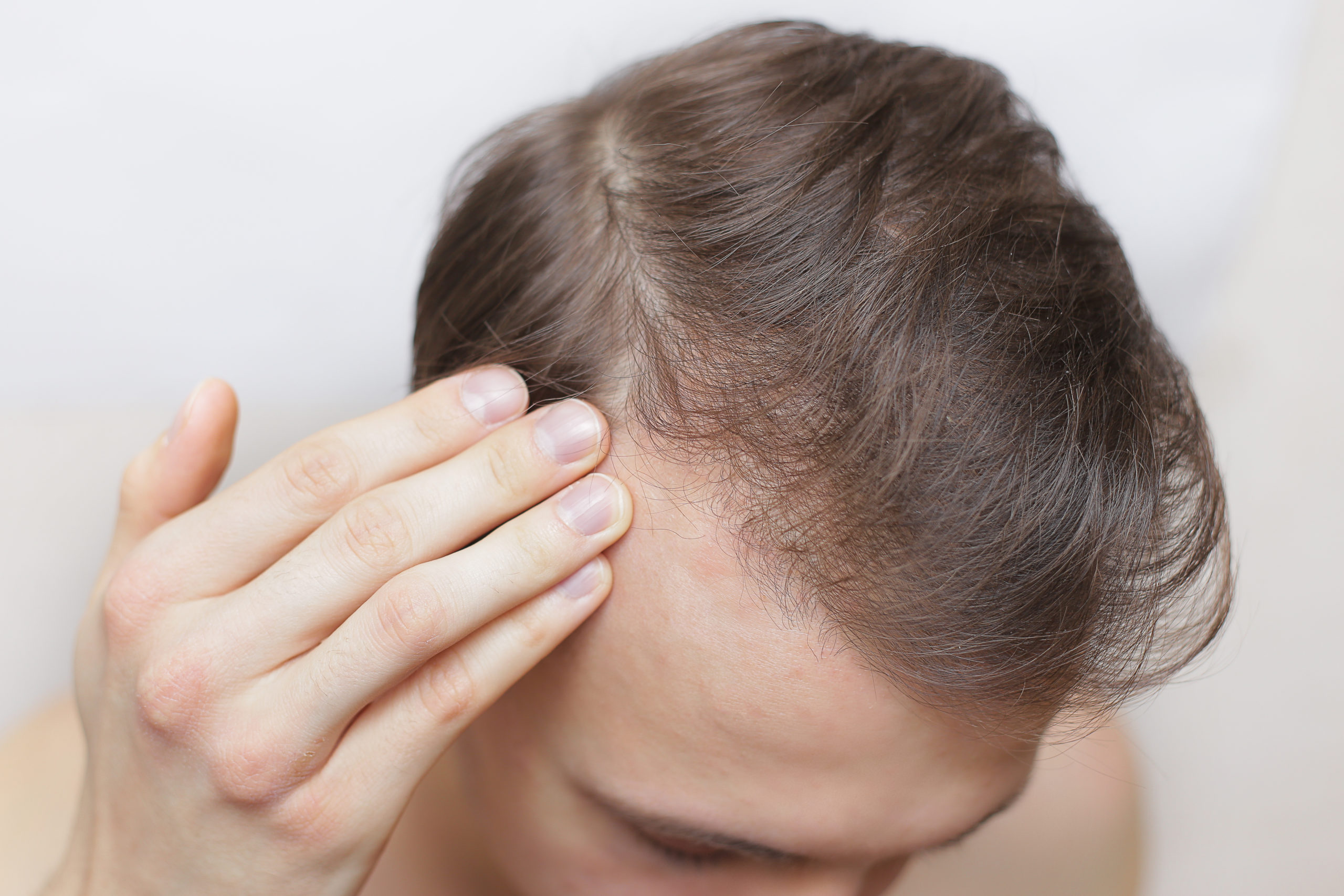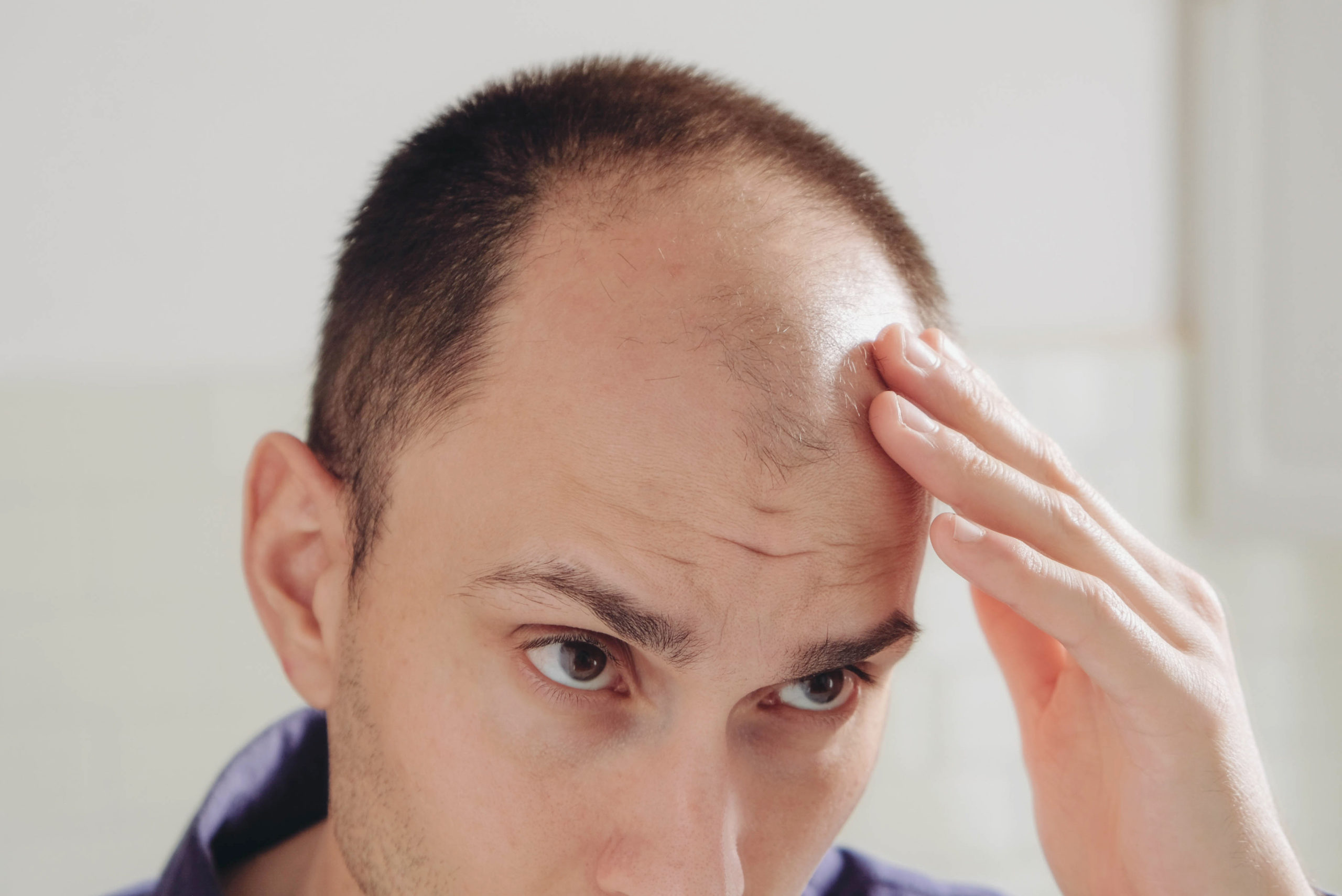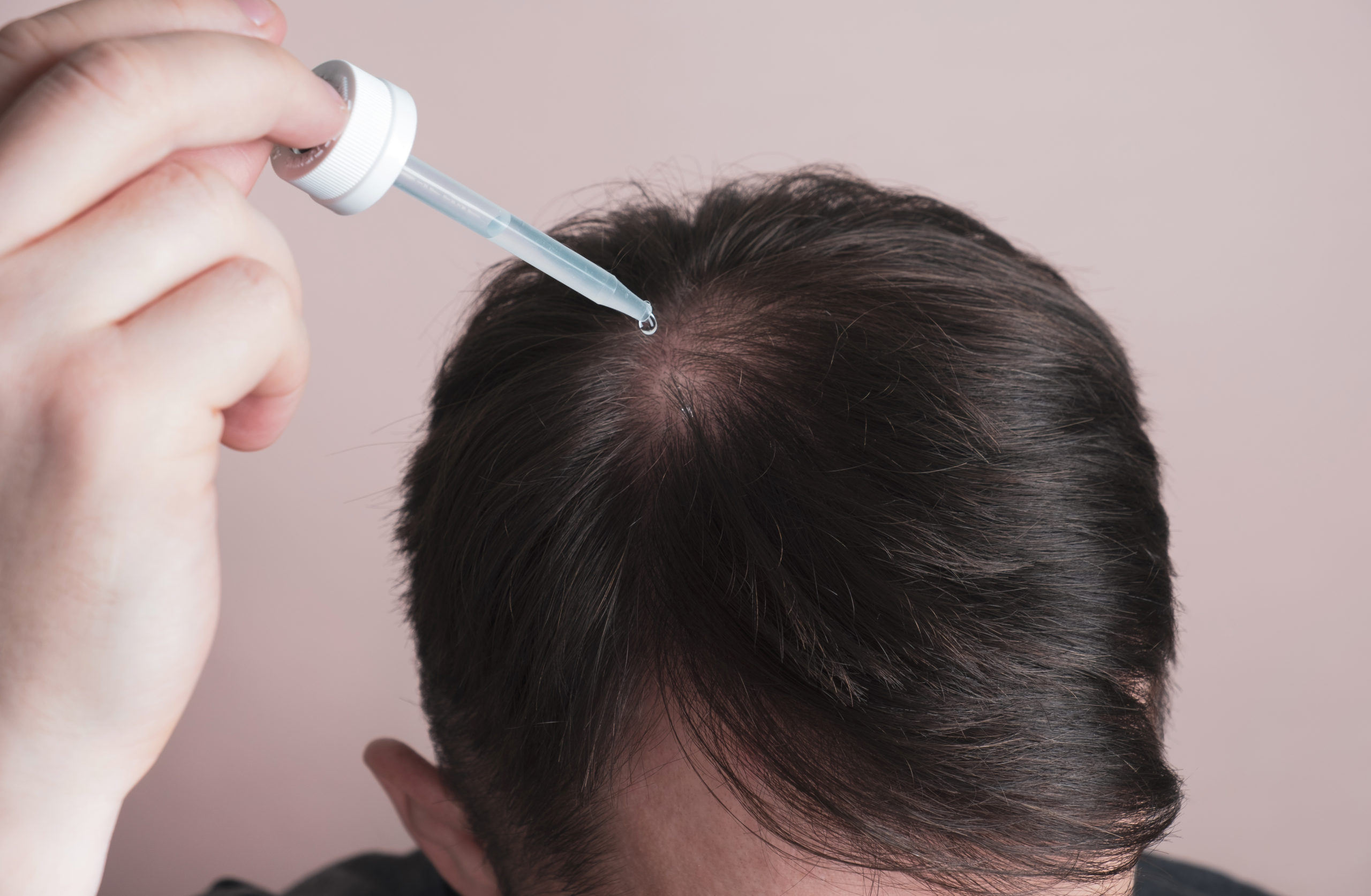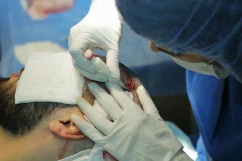What are the Different Types of Hair Loss?
Every person loses 70-100 hairs per day which is considered normal. Diagnosable hair loss only occurs when the amount of hair that falls out is higher than the amount that grows. It is estimated that about 80% of men and about 50% of women suffer from hair loss.
To do something about the hair loss, you have to first know what causes are behind it. In the following, we will introduce you to the most common types of hair loss.
Hereditary Hair Loss or Androgenetic Alopecia
The most common types of baldness issues are caused by hereditary influences. However, which genes are responsible for this is still not fully understood. At present, it is believed that hair loss is more likely to be inherited through the mother than through the father. Hair loss usually occurs in men only at around the 30 years mark. For women, however, it usually happens during the course of menopause.
In rare cases, the hair loss can begin at a younger age. It begins most of the time with the frontal hairline that recedes. As time goes on, baldness evolves to other parts of the scalp. Androgenetic alopecia is due to the action of the enzyme 5-alpha reductase. This enzyme converts testosterone into the hormone dihydrotestosterone, which inhibits hair growth through genetic predisposition.
This makes the membranes of the scalp harder and increases the sebum delivery to the hairs. This in turn will damage the hair follicles, until they often die completely thus provoking hair loss. Luckily the hairs on the back of the head seem to be immune to this hormone. This is why a hair transplant will always be performed by using grafts from that part of the scalp.
What is Diffuse Alopecia?
In this type of hair loss, hair falls out of the entire head. First, the hair usually gets thinner, until it falls leaving bald spots on the head. An overall baldness usually does not occur. This type of alopecia affects both men and women. The reasons behind this type of hair loss can be manifold. For example, in the case hyperthyroidism, a doctor may administer anti-hyperthyroid drugs.
Hair loss can also be caused by medication. These mainly include anticoagulants, chemotherapeutic agents, psychotropic drugs and often contraceptives. You should always seek advice from a doctor if baldness issues appears after using those treatments. Frequently, medications just have to be modified in order to stop this type of hair loss.
Another reason for this type of hair loss is simply due to a poor diet. Frequently the hair becomes dry, brittle and thin, especially if iron or zinc are lacking. Malnutrition, such as anorexia, may also result in unhealthy hairs falling out. Here only a healthy and well-balanced diet will prevent the diffuse hair loss.
Alopecia Areata or Circular Hair Loss
In this type of hair loss, the hair can fall from the whole body. Here typical circular bald spots are visible. In rare cases this form can lead to complete hair loss.
The causes are not yet fully understood from a medical point of view. One theory is that the tissue around the hair follicles gets inflamed and thereby precipitate their loss. It is believed that these inflammations are caused by an immune reaction. Affecting all sexes, it can on rare occasions occur after illness, pregnancy or trauma.
So far, only some factors that are very closely related to circular hair loss have been identified. First of all, the genes. Almost everyone has a relative who is affected by this type of hair loss. In addition, some autoimmune diseases can also lead to circular hair loss.
Emotional stress is also a common cause of baldness issues. The circular hair loss can be fought against by reducing your stress levels. Unfortunately you can not do much against genetic related hair loss.
Hair Loss Due to Scarring Alopecia
This baldness issue is due to an inflammatory process and occurs only in about 3% of people affected by hair loss. Here are the three types of scarring alopecia; the primary scarring alopecia, the acquired primary alopecia and the secondary scarring alopecia. All of these types of hair loss have in common that the hair is uneven and forms scars on the scalp.
Primary alopecia is either inherited or caused by improper development of hair follicles. Acquired primary alopecia is notable for its role as an autoimmune response to certain skin conditions.
In secondary alopecia, hair loss usually occurs as a by-product of inflammatory processes. These are usually caused by externally induced inflammations, such as combustion, irradiation or by a fungus.
If one detects one of these types of hair loss early, one can counteract this with a treatment of the inflammation. Here, a therapy with cortisone is often used. Thus, at an early stage, the destruction of hair follicles can be counteracted.
Conclusion: What Can be Done Against Hair Loss?
Unfortunately, this question can not be easily answered. Here are some clues to what you can do about what kind of hair loss you have:
- Check with the doctor if the hair loss is due to a disease
- Also clarify whether a medication intake affects the hair loss
- If you notice any scarring in combination with hair loss, consult a doctor – if this happens early, cortisone treatment may stop the disease from progressing
If neither of the first two reasons is true, there is the possibility of hair transplantation. Especially with the hereditary hair loss, you can take advantage of the fact that the hair on the back of the head us not affected, so that a hair transplant can provide promising results.







